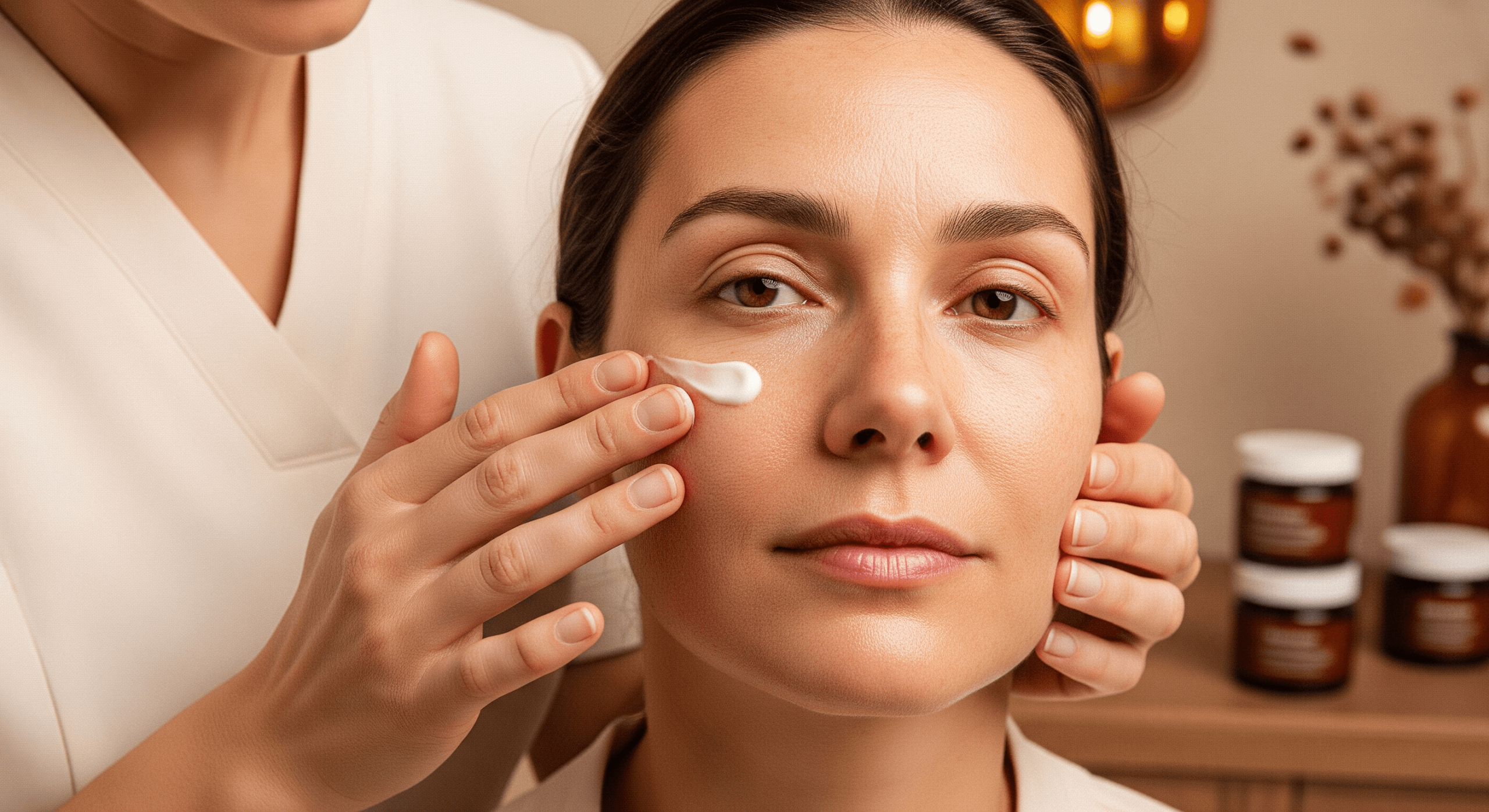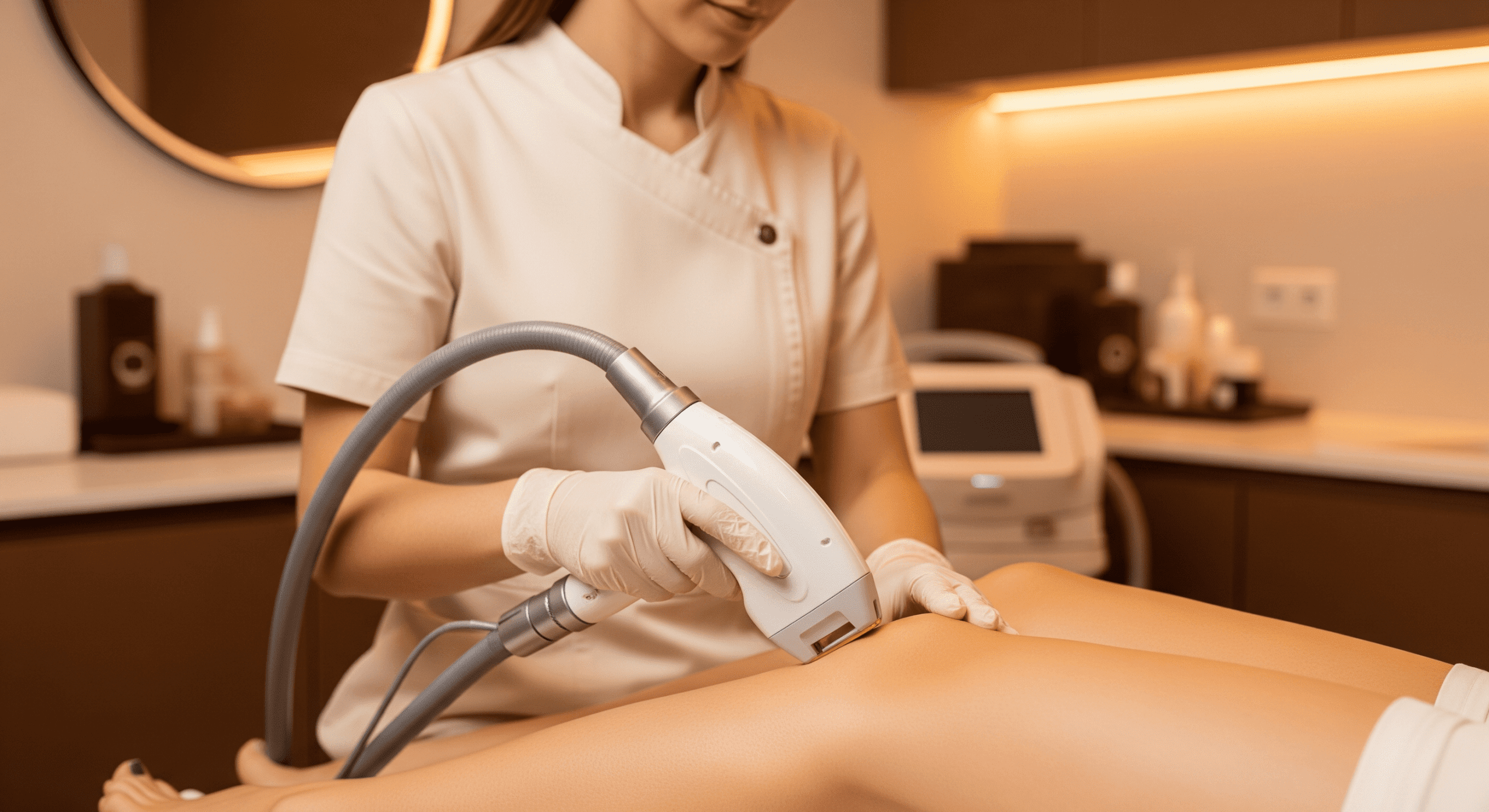CO2 laser resurfacing is one of the most powerful skin rejuvenation treatments available today. It targets deep wrinkles, scars, sun damage, and uneven texture by removing damaged skin layers and stimulating collagen production. But with its promise of dramatic results comes a longer downtime and a higher price tag compared to other treatments.
So, is CO2 laser resurfacing worth it? If you’re considering this treatment, you need to weigh the benefits against the costs and recovery time. Let’s break down what you can expect, who makes the best candidate, and whether this skin-revitalizing procedure is right for you.
TLDR – Quick Guide
- What it is: A laser treatment that removes layers of skin to improve wrinkles, scars, and skin tone.
- Best for: Those with deep wrinkles, acne scars, sun damage, or uneven skin texture.
- Downtime: Around 7-14 days of recovery with redness and peeling.
- Results: Significant improvement in skin tone and texture, lasting several years.
- Cost: Ranges from $2,000 to $5,000 per session.
- Pain level: Moderate; numbing cream and local anesthesia are usually used.
- Is it worth it? If you’re looking for dramatic, long-lasting skin improvements and can handle the downtime, absolutely.
Detailed Breakdown
What Is CO2 Laser Resurfacing?
CO2 laser resurfacing is an advanced skin treatment that uses a carbon dioxide (CO2) laser to remove the outermost layers of damaged skin. The process triggers the body’s natural healing response, producing fresh collagen and revealing smoother, firmer skin over time.
There are two main types of CO2 laser resurfacing:
- Ablative CO2 Laser – Removes layers of skin, providing dramatic results but with longer downtime.
- Fractional CO2 Laser – Targets microscopic sections of the skin, allowing for faster healing while still delivering noticeable improvements.
Who Should Consider CO2 Laser Resurfacing?
This treatment is ideal for individuals dealing with:
- Deep wrinkles and fine lines – Especially around the mouth, eyes, and forehead.
- Acne scars or surgical scars – Helps smooth out skin indentations.
- Sun damage and hyperpigmentation – Reduces brown spots, sun spots, and uneven skin tone.
- Rough or uneven skin texture – Improves overall skin smoothness.
Who should avoid it?
- Those with very dark skin tones (risk of pigmentation issues).
- People with active acne or infections (can worsen the condition).
- Anyone prone to keloid scarring (could lead to excessive scarring).
- Those unwilling to commit to the recovery time (7-14 days of downtime).
What to Expect During and After Treatment
The Procedure
- Your provider will apply a numbing cream or local anesthesia to minimize discomfort.
- The CO2 laser is then applied to targeted areas, removing damaged skin and stimulating collagen production.
- The session can last anywhere from 30 minutes to 2 hours, depending on the treatment area.
Recovery Timeline
- Days 1-3: Skin will be red, swollen, and feel sunburned. Oozing or crusting may occur.
- Days 4-7: Peeling begins, revealing fresh skin underneath.
- Week 2: Redness fades, and skin starts to look smoother.
- Months 1-3: Collagen continues to rebuild, with full results appearing.
To speed up healing, patients must avoid sun exposure, stay hydrated, and follow post-care instructions provided by their doctor.
How Much Does CO2 Laser Resurfacing Cost?
The cost of CO2 laser resurfacing varies based on factors like location, provider expertise, and treatment area size. On average:
- Small areas (around the eyes or mouth): $500 – $1,500
- Full face: $2,000 – $5,000
- Adding PRP (platelet-rich plasma) or other enhancements: Additional $500 – $1,000
Most health insurance plans do not cover cosmetic procedures, so patients typically pay out of pocket. However, many clinics offer financing options to make it more accessible.
Is CO2 Laser Resurfacing Worth It?
If you want dramatic skin improvements that last for years and can handle the downtime, yes, it’s worth it. The results are far more noticeable and long-lasting than many other treatments, such as chemical peels or microneedling.
However, if you prefer a less invasive treatment with minimal downtime, you might consider:
- Fraxel laser – A gentler alternative with shorter recovery time.
- RF microneedling – Uses radiofrequency to boost collagen with minimal peeling.
- Chemical peels – Can help with pigmentation and mild texture issues.
Your choice depends on your skin concerns, tolerance for downtime, and budget.
Key Takeaways
- CO2 laser resurfacing is one of the most effective treatments for deep wrinkles, scars, and sun damage.
- It comes with a recovery period of 7-14 days but delivers long-lasting, transformative results.
- The cost ranges from $2,000 to $5,000 for a full-face treatment.
- It’s best suited for those looking for dramatic results and willing to commit to the downtime.
- If you want quicker recovery, alternatives like Fraxel or RF microneedling may be better.
FAQs
1. How painful is CO2 laser resurfacing?
Most patients describe the procedure as uncomfortable but manageable. Numbing cream and local anesthesia are used to minimize pain. The recovery period involves some stinging and tenderness, similar to a sunburn.
2. How long do the results of CO2 laser resurfacing last?
Results can last several years, especially with good skincare and sun protection. Some patients choose to do maintenance treatments every few years.
3. Can CO2 laser resurfacing be done on darker skin tones?
It’s generally not recommended for very dark skin tones due to the risk of hyperpigmentation. However, some fractional lasers may be safer. A consultation with a dermatologist is essential.
4. What should I avoid after CO2 laser treatment?
Avoid direct sun exposure, harsh skincare products, smoking, and picking at peeling skin. Follow all aftercare instructions for the best results.
5. How many sessions of CO2 laser resurfacing do I need?
Many people see significant improvement after just one session. However, those with deeper scars or wrinkles may benefit from a second session after a few months.



